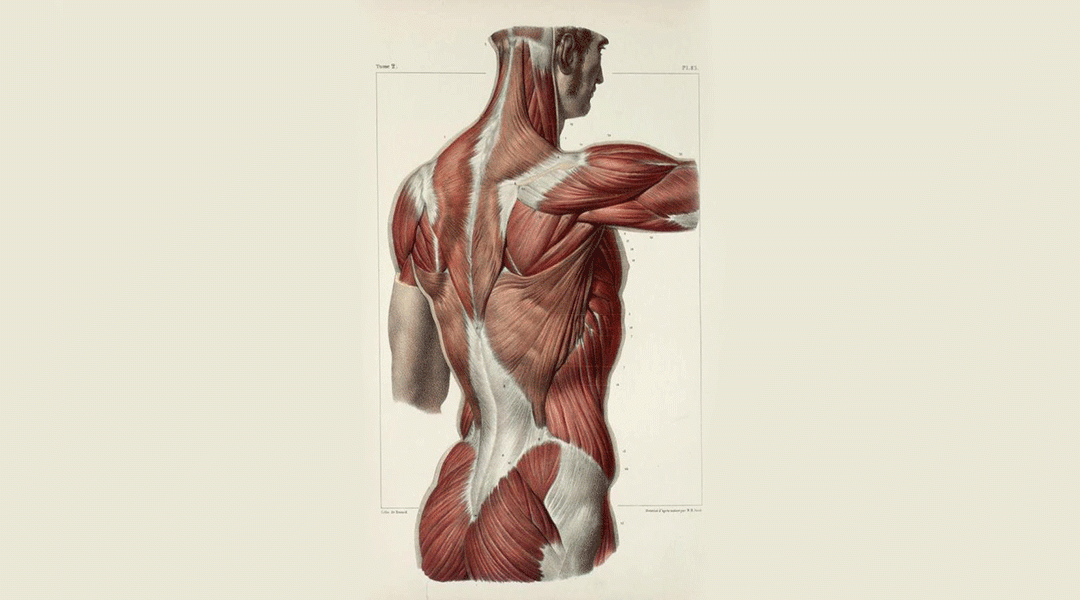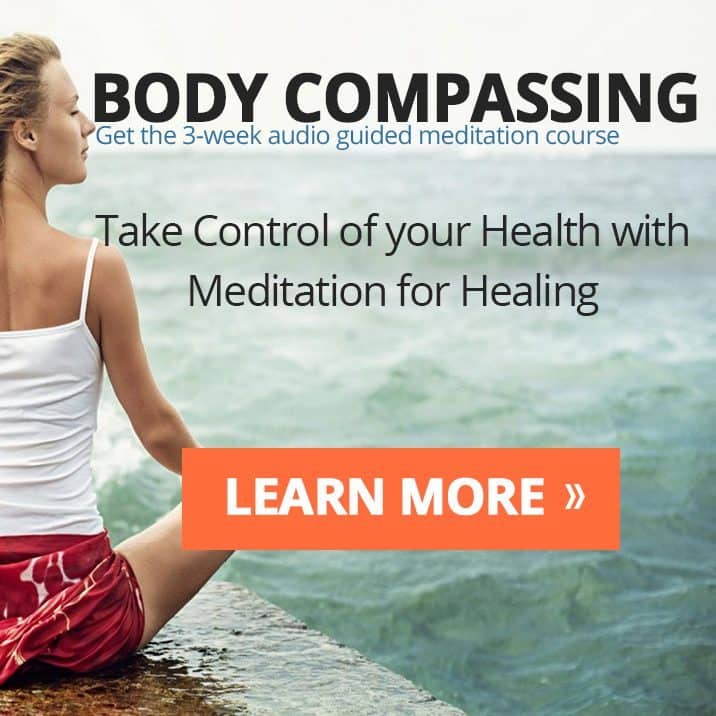We know we are here because we have input from our senses that go directly to our brain and orient us to ourselves, to our surroundings, and to other people. Without these inputs, we would be unable to function. Something we do every day, like walking, would become impossible.
We wouldn’t feel our foot touch the ground as we take a step.
We wouldn’t know to bend our knee and shift weight to the other foot while in stride.
And we would promptly fall to the ground.
We obviously take all of this for granted, the continuous loop of information going back and forth between our senses and our brain. And for a good reason. Our attention needs to be elsewhere.
The body takes all neurological pathways that are associated with routine behaviors and makes them automatic.
Our Existence Is Rooted in the Body
In other words, routine behaviors, like walking, happen without us needing to think about them. This allows us to pay attention to the world around us and focus on feeding ourselves, protecting ourselves from potential threats, and simply living life.
That said, we often completely ignore our body due to this automatizing neurological imprinting. And then we are surprised when we get sick or “suddenly” come down with something. Very often that “sudden” onset was not so sudden; we just weren’t paying attention to the warning signs.
These days we tend to live primarily in our head and forget that we have a body, even though we never leave home without it. So often our body needs to shut down before we pay attention, and that’s no fun for anyone involved.
Checking In With Your Body
Here’s where the daily embodiment practice comes in.
(RELATED: Pain – A Method of Communication.)
A small commitment to checking in with your body every day develops a powerful tool for self-regulation.
Self-regulation helps prevent total body shutdown and promotes a more sustained state of health, including mental health.
Below is a resource to help develop a daily embodiment practice. I suggest it to all my patients, and, to be honest, to almost everyone I meet. It only takes five minutes once a day. Everyone has five minutes.
In fact, you probably have five minutes right now.
How about doing a five-minute embodiment practice?
To learn more embodiment skills similar to the one in the embodiment practice above, join my course Body Compassing: Meditation-for-Healing.
–Samantha Lotti
Author: Samantha Lotti
Samantha Lotti is the founder of Biodynamic Health and creator of Body Compassing. She is a certified and registered Biodynamic Craniosacral Therapist (BCST, RCST®), licensed acupuncturist (L.Ac.) and board certified herbalist in Oak Park, Illinois. A personal back injury brought Samantha to biodynamic craniosacral therapy and ignited her interest in a variety of healing modalities.


